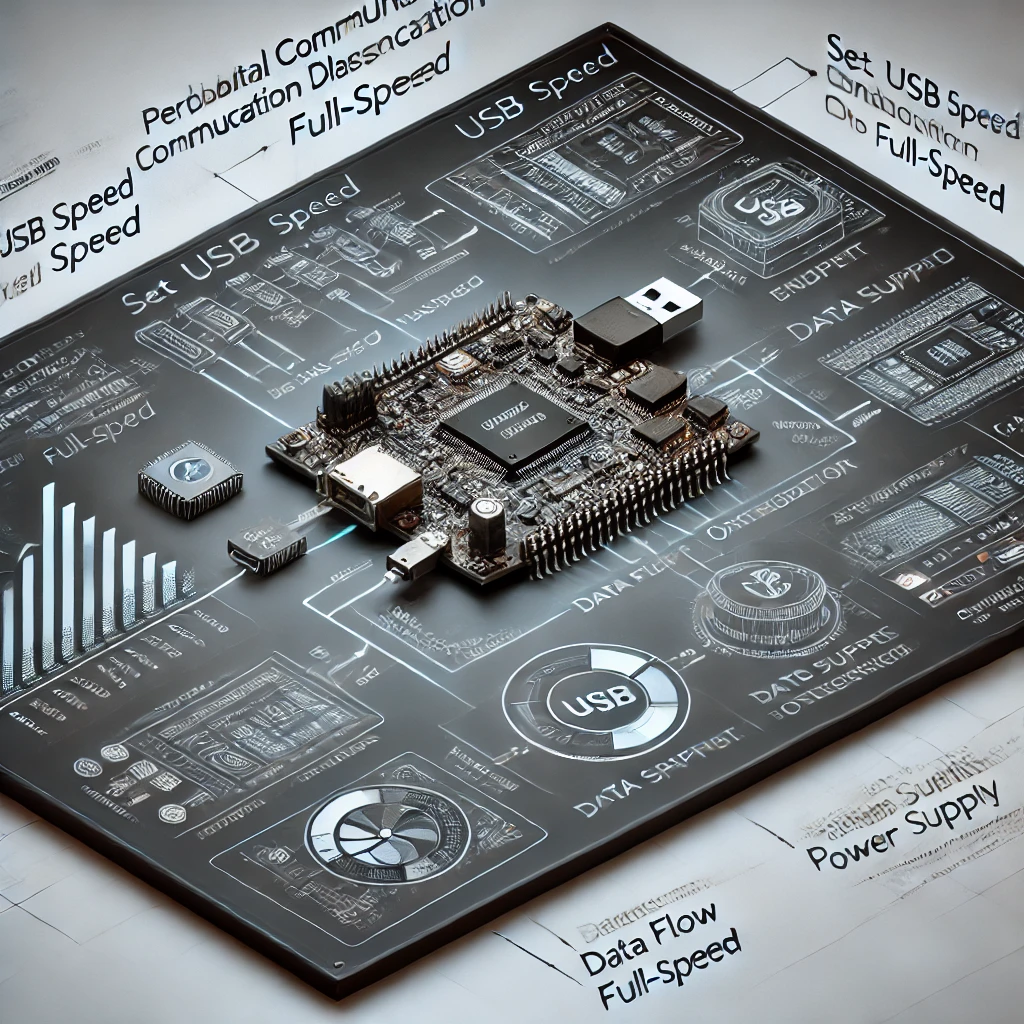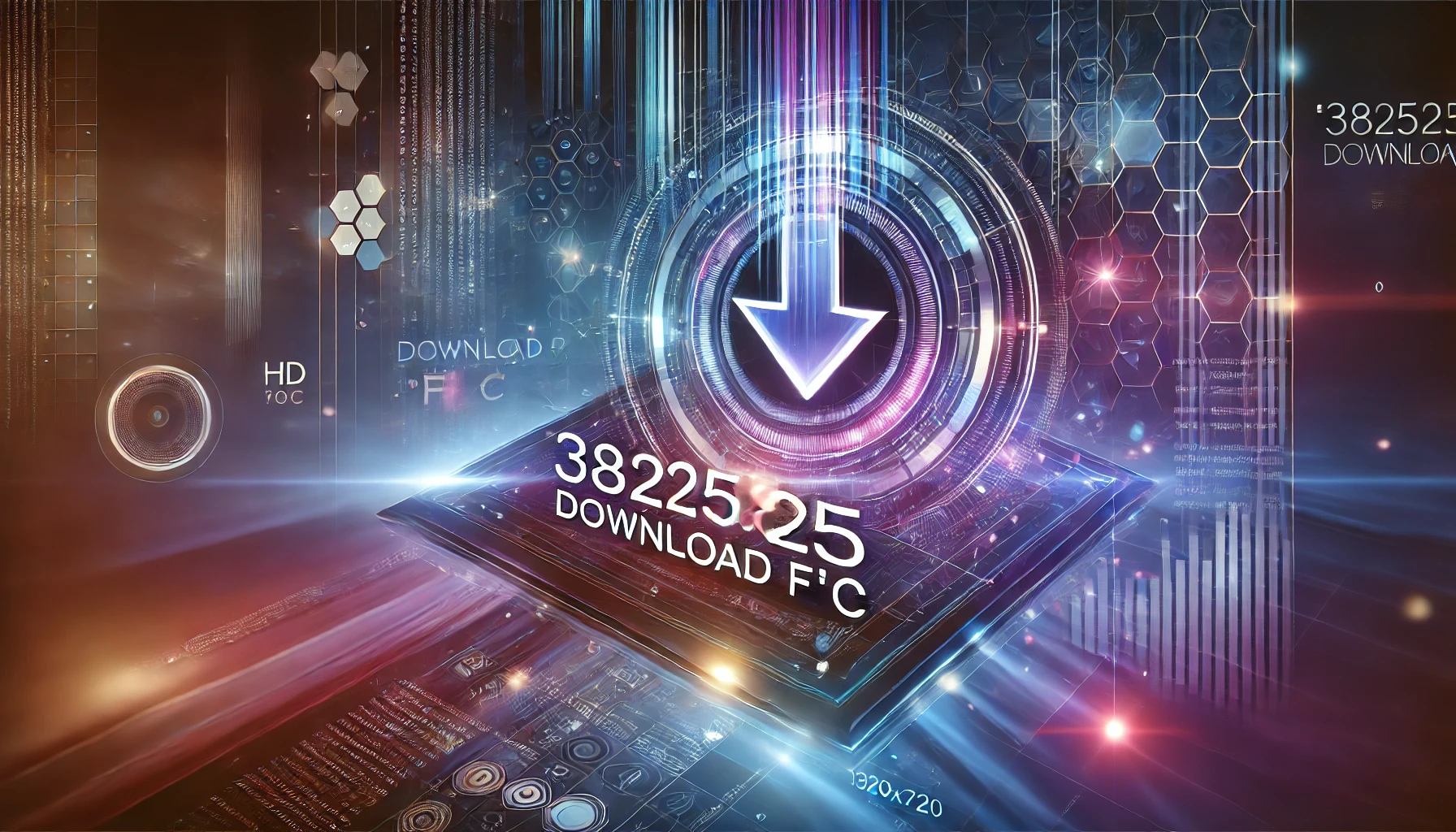Ever wondered how to increase PCDC speed on RA6M2?
Maybe you’ve been frustrated by laggy performance or slow data processing.
The good news?
You’re not alone.
Many people dealing with the how to increase pcdc speed on ra6m2 chip want better performance, especially when it comes to Peripheral Clock Control (PCDC).
This article is packed with tips to help you boost that speed and get things running smoothly.
So, grab a cup of coffee, and let’s dive in.
Why Bother with PCDC Speed?
PCDC speed matters because it affects how efficiently your how to increase pcdc speed on ra6m2.
Slower PCDC means slower data transfers, which can lead to bottlenecks and sluggish performance.
If you’re using how to increase pcdc speed on ra6m2 for anything critical—like data processing or IoT devices—this slowdown can be a major pain point.
But what exactly can you do to improve it?
Let’s break it down.
Understanding PCDC on how to increase pcdc speed on ra6m2
Before we jump into the how-tos, let’s get a grip on what PCDC actually does on the how to increase pcdc speed on ra6m2.
PCDC, or Peripheral Clock Dividing Circuit, manages clock speeds for peripherals on the chip.
In simple terms, it controls how fast things happen internally.
When PCDC speed is low, your peripherals run slower.
When it’s high, they can handle data faster, making the whole system snappier.
This balance is essential, especially when you’re trying to make your how to increase pcdc speed on ra6m2.

How to Increase PCDC Speed on how to increase pcdc speed on ra6m2: Key Steps
So, how can you actually boost that PCDC speed?
Here are a few straightforward steps you can take:
Check Your Clock Settings
To begin, take a look at your how to increase pcdc speed on ra6m2 clock settings.
Sometimes, the PCDC is automatically set to a slower speed for power saving.
If you’re after speed rather than energy efficiency, here’s what to do:
- Go into your how to increase pcdc speed on ra6m2 configuration settings.
- Adjust the clock divider to a lower value, allowing for a faster clock rate.
- Quick tip: Start with small changes and test the impact. Going too fast can cause instability.
Fine-Tune Peripheral Priorities
Not all peripherals are created equal.
Some are more critical than others.
By prioritizing certain peripherals, you can ensure they get a higher portion of the available clock speed.
How to do this:
- Use your how to increase pcdc speed on ra6m2 interrupt priority settings.
- Assign higher priority to the peripherals that need to perform at their best.
- Pro tip: Balance is key. If you assign all peripherals high priority, you’re back at square one.
Optimize Your Code for Speed
Here’s a fun fact:
Code optimization can directly impact your PCDC speed.
Slow, inefficient code can drag down performance even if your PCDC is configured for speed.
Consider these strategies:
- Minimize loops and unnecessary calculations.
- Use faster data types where possible.
- Pro tip: Use profiling tools to find bottlenecks in your code.
Common Questions: Increasing PCDC Speed on how to increase pcdc speed on ra6m2
Let’s tackle some FAQs, because I know you’ve got questions.
Q: Can Increasing PCDC Speed Cause Overheating?
Yes, it can.
More speed means more power, which generates heat.
But don’t worry, the how to increase pcdc speed on ra6m2 chip is designed to handle reasonable increases in speed.
Quick tip: Keep an eye on the temperature, especially if you’re running the chip in a hot environment.
Q: Will Changing PCDC Settings Affect Battery Life?
Absolutely.
Higher speeds usually mean higher power consumption, which can drain batteries faster.
If battery life is a concern, you may want to find a balance between speed and power efficiency.
Q: How Much Can I Increase the PCDC Speed?
The how to increase pcdc speed on ra6m2 has limits.
While you can push it a bit, going too far could cause stability issues.
Always refer to the manufacturer’s guidelines for maximum clock rates.

Real-Life Example: Boosting PCDC Speed in IoT Applications
Let’s bring this to life with an example.
Imagine you’re using the how to increase pcdc speed on ra6m2 in an IoT application.
The device needs to process sensor data quickly to send real-time updates.
But the PCDC speed is low, and data transmission is slow.
What did the engineer do?
First, they boosted the clock rate by adjusting the PCDC settings.
Next, they optimized their code to reduce processing time.
Finally, they balanced peripheral priorities, giving more resources to the data-processing functions.
The result?
Data transmission became twice as fast, without overheating or crashing.
Additional Tips for Improving PCDC Speed
If you’re looking for some quick wins, try these:
Update Firmware Regularly
Firmware updates often include performance tweaks.
Stay up-to-date to ensure your how to increase pcdc speed on ra6m2 is running as efficiently as possible.
Reduce Background Tasks
The more your chip is doing, the slower it becomes.
By minimizing background tasks, you can free up resources for what matters most.
Use Lower-Power Modes When Possible
If you’re not using all peripherals, consider using lower-power modes to divert resources where they’re needed.
Wrapping Up: How to Increase PCDC Speed on RA6M2 for Maximum Efficiency
Increasing PCDC speed on RA6M2 isn’t rocket science, but it does require a bit of fine-tuning.
From adjusting clock settings to prioritizing peripherals, these tips should help you get the most out of your chip.
Remember, there’s no one-size-fits-all solution.
Your approach will depend on your specific application and needs.
But with a little bit of tweaking, you can significantly boost your how to increase pcdc speed on ra6m2 performance.
In the end, it’s all about finding the right balance between speed, power consumption, and stability.
And there you have it—your guide to increasing PCDC speed on RA6M2.
Final Thoughts
So, next time you’re wondering how to increase PCDC speed on RA6M2, remember these steps.
Keep it balanced, test as you go, and don’t be afraid to tweak settings.
With a little effort, you can turn that slowpoke RA6M2 into a speedster.
And if you’ve got questions or need more tips, stay tuned!
There’s always more to learn about getting the best out of your tech.






